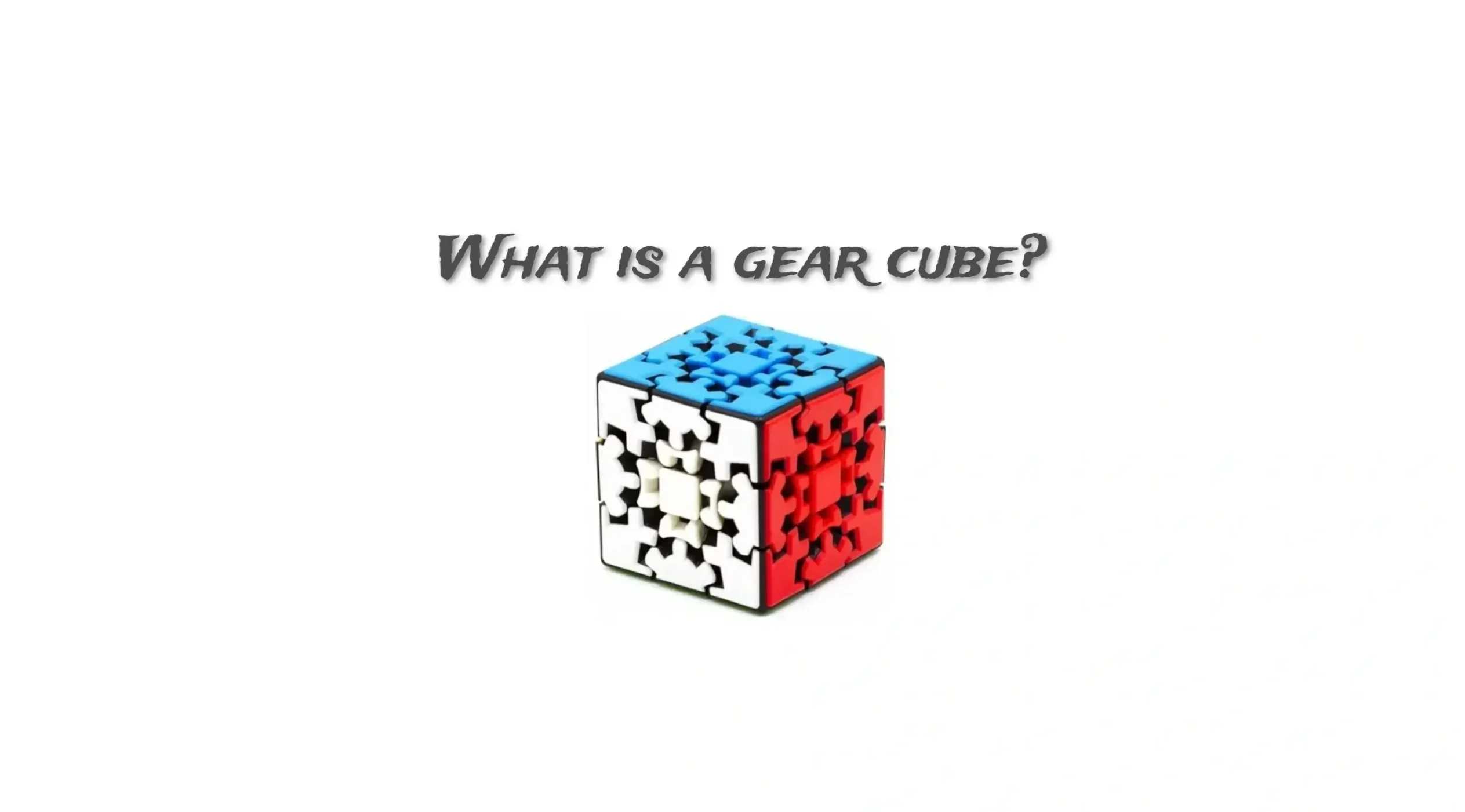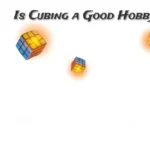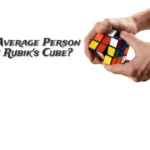Have you ever been amused by the Rubik’s Cube, the iconic 3D puzzle that has challenged minds for decades? Well, prepare to embark on a new puzzling adventure with a perplexing twist. Introducing the Gear Cube—a mind-bending variation that will put your problem-solving skills to the test.
Before we explore the Gear Cube, let’s briefly touch upon the Rubik’s Cube. Invented by Ernő Rubik in 1974, the Rubik’s Cube became a global sensation, captivating millions with its colorful and rotating blocks. The objective is to rotate the cube’s sides until each face consists of a single color—a task that has challenged and intrigued enthusiasts worldwide.
Now, imagine taking the Rubik’s Cube and infusing it with mechanical wizardry. That’s precisely what the Gear Cube offers. The Gear Cube is a derivative of the Rubik’s Cube, featuring a unique gear mechanism that adds a new dimension of challenge and fascination. With its rotating gears and intricate movements, it takes the concept of puzzle-solving to a whole new level.
In the following sections, let’s explore the mechanics and design of the Gear Cube, delve into solving strategies, discuss its challenges and benefits, and even touch upon the vibrant cube community. So, get ready to unravel the secrets of this captivating puzzle and discover why it has become a beloved variation among puzzle enthusiasts worldwide.
What is a gear cube?
The Gear Cube is a mechanical puzzle based on Rubik’s Cube concept but incorporates a unique gear mechanism. It features a similar structure to the Rubik’s Cube, consisting of multiple interconnected layers with colored stickers. However, what sets it apart is its intricate gear system, which enables the rotation of both the outer layers and the internal gears.
Unlike the Rubik’s Cube, where each face is a solid piece that rotates independently, the Gear Cube’s gears are interconnected, creating a fascinating interplay between the layers. When a side of the Gear Cube is turned, the gears mesh and interact, causing other sides to rotate simultaneously. This intricate mechanism adds an additional layer of complexity and requires a different approach to solving the puzzle.
Origins and history
The Gear Cube was invented by Oskar van Deventer, a prominent Dutch puzzle designer known for his innovative creations. Oskar developed the Gear Cube as a unique twist on the Rubik’s Cube, incorporating the gear mechanism to provide a fresh challenge for puzzle enthusiasts.
The first version of the Gear Cube, known as the “1st Gear Cube,” was released in 2009. Its popularity quickly grew, attracting attention from puzzle enthusiasts and collectors worldwide. Oskar continued to refine the design, leading to subsequent versions such as the “2nd Gear Cube” and “Gear Cube Extreme.” These variations introduced new features and complexities, captivating puzzlers with their intricate movements.
Comparison with the Rubik’s Cube
While both the Gear Cube and the Rubik’s Cube share a common foundation, they differ significantly in terms of mechanics and solving strategies. Rubik’s cube focuses primarily on individual face rotations, aiming to align the colors on each side independently. However, its gear mechanism adds a new layer of complexity, making it a distinct challenge.
In the Gear Cube, manipulating one layer can trigger a chain reaction that affects other layers due to the interconnected gears. This unique characteristic requires puzzle solvers to consider the interactions between different layers and gears while formulating their solving strategies. It introduces a fresh set of algorithms and techniques that differ from those used in solving the Rubik’s Cube. Its complex interplay of gears and layers provides a stimulating puzzle-solving experience for enthusiasts looking to expand their skills beyond the traditional Rubik’s Cube. Its mechanical intricacies and the need to synchronize movements make it a captivating and rewarding variation for those seeking a new twist on the classic puzzle.
Mechanics of gear cube
At the heart of the Gear Cube’s unique design lies its intricate gear mechanism. The puzzle incorporates gears within its layers, which interact and mesh with one another as the cube is manipulated. These gears are responsible for the simultaneous rotation of multiple layers when a single side is turned.
Each face of it consists of two types of gears: stationary gears and rotating gears. The stationary gears remain fixed in place, while the rotating gears are attached to the outer layer and rotate along with it. As the rotating gears turn, they engage with the stationary gears, causing adjacent layers to move in synchronized motion.
How the gears affect the movement of the puzzle
The presence of gears in the cube introduces a fascinating dynamic to the puzzle’s movement. When a side of the Gear Cube is turned, the rotation of the outer layer causes the rotating gears to engage with the stationary gears on adjacent layers. This engagement transmits the rotation to those layers, resulting in a simultaneous movement.
The gear mechanism affects the Gear Cube’s movement in several ways:
- It creates a coupling effect, causing layers to move together rather than independently.
- The gear mechanism amplifies the movement, making each turn have a more significant impact on multiple layers.
- The gears add an element of constraint, limiting the possible combinations of movements and requiring careful consideration of the gears’ positions.
Key design features of the Gear Cube
The Gear Cube possesses several distinct design features and characteristics that contribute to its unique puzzle-solving experience:
- Gear arrangement: The Gear Cube features a precise arrangement of stationary and rotating gears strategically positioned to create the desired interplay of movements. This arrangement ensures that each turn triggers the desired rotation of multiple layers.
- Symmetry: The Gear Cube exhibits symmetry in its design, with each layer mirroring its counterpart across the puzzle’s axis. This symmetry enables consistent movements and ensures that solving strategies can be applied uniformly across the puzzle.
- Color scheme: Like the Rubik’s Cube, the Gear Cube employs a color-coded sticker scheme. Each face of the puzzle is adorned with vibrant stickers, allowing solvers to visually track the movement and alignment of the colors.
- Durability: The Gear Cube is typically designed with durable materials to withstand repeated twisting and turning. This durability ensures that the puzzle can endure extensive solving attempts and withstand the test of time.
The careful integration of the gear mechanism, along with these design features, contributes to the Gear Cube’s challenging and captivating nature. Its intricate movements and interdependent layers provide a satisfying puzzle-solving experience for enthusiasts seeking a fresh and engaging twist on the traditional Rubik’s Cube.
Solving the Gear Cube
Solving the Gear Cube requires a combination of logical thinking, spatial reasoning, and an understanding of the puzzle’s unique gear mechanism. Here are some basic strategies and techniques to get you started:
- Familiarize yourself with the puzzle: Take some time to examine and understand the Gear Cube’s mechanics and how the gears interact with each other. This will help you visualize the movement and anticipate the effects of your rotations.
- Solve the outer layers first: Start by aligning the outer layers of the Gear Cube. Focus on getting one side of the puzzle to have a solid color before moving on to the internal layers.
- Pay attention to gear positions: Note the positions of the gears on adjacent layers and how they mesh together. As you make rotations, consider how the gears will engage and affect other layers.
- Break it down: Instead of trying to solve the entire puzzle at once, break it down into smaller, manageable steps. Focus on solving one layer or a specific pattern before moving on to the next.
To successfully solve the Gear Cube, good knowledge of the gear mechanism and its impact on the puzzle’s movement is vital to understand. Understanding how the gears interact allows you to predict and control the rotations of multiple layers simultaneously.
By comprehending the gear mechanism, you can avoid getting stuck in situations where certain movements lead to unintended consequences. It lets you strategically plan your rotations and anticipate how the gears will engage, resulting in more efficient problem-solving.
A step-by-step guide to solving the Gear Cube
While solving the Gear Cube is a challenging endeavor, following a step-by-step approach can help you navigate through the puzzle’s complexities. Here is a step-by-step guide to get you started:
- Solve the outer layer edges: Focus on aligning the outer layer edges to form a solid color on each side.
- Solve the outer layer corners: Once the edges are in place, solve the corner pieces of the outer layer to complete the solid color on each face.
- Solve the middle layer: Move on to solving the middle layer of the Gear Cube while ensuring that the previously solved outer layers remain intact.
- Solve the inner layer: Finally, tackle the inner layer of the Gear Cube, aligning the centerpieces to complete the puzzle.
Remember, this is a simplified guide, and actual solving methods may vary based on individual preferences and solving techniques. As you gain more experience and familiarity with the cube, you can explore advanced algorithms and strategies to optimize your solving speed and efficiency.
The key to mastering the Gear Cube is practice and perseverance. With time and dedication, you’ll unravel its mysteries and enjoy the satisfaction of solving this captivating puzzle.
Variations of the Gear Cube
The Gear Cube has expanded beyond its original design, leading to the creation of different versions and sizes that cater to diverse preferences and skill levels. Here are some notable variations of the Gear Cube:
Gear Cube Standard
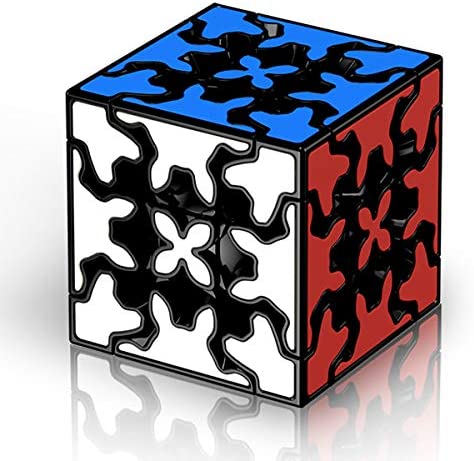
The standard Gear Cube is the original version, featuring three layers and a 3x3x3 configuration. It serves as the base for understanding the gear mechanism and solving strategies.
Gear Cube Extreme
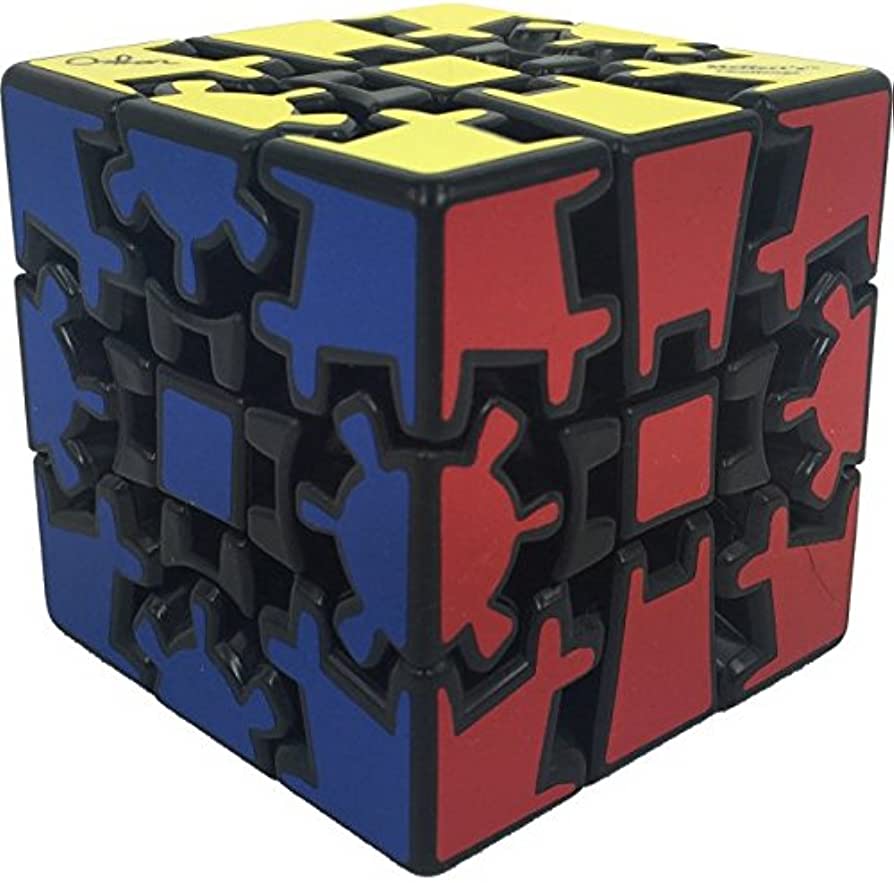
The Gear Cube Extreme builds upon the standard version by introducing additional layers and complexity. It has more irregular shape, offering a greater challenge to experienced solvers.
Gear Cube 2×2
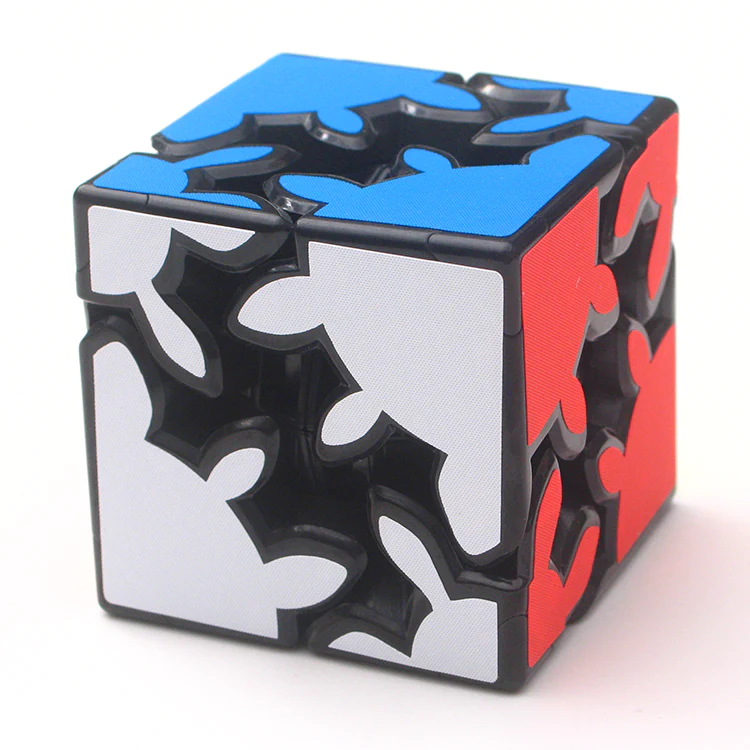
A smaller variant, the Gear Cube 2×2, reduces the complexity by featuring a 2x2x2 configuration. It provides a more accessible option for beginners or those seeking a quicker solving experience.
Conclusion
If you’re intrigued by puzzles and enjoy a mental challenge, we encourage you to explore the Gear Cube and embark on a solving adventure. Start by familiarizing yourself with the puzzle’s mechanics, understanding the gear mechanism, and trying out basic solving strategies. As you become familiar with the gear cube, you can explore modded versions and even participate in competitions to test your skills and connect with like-minded solvers.
So, grab a Gear Cube, embrace the twists and turns, and immerse yourself in the fascinating world of this perplexing puzzle. Unlock the gears, solve the layers, and relish the sense of accomplishment that comes with unraveling its mysteries. Happy solving!
